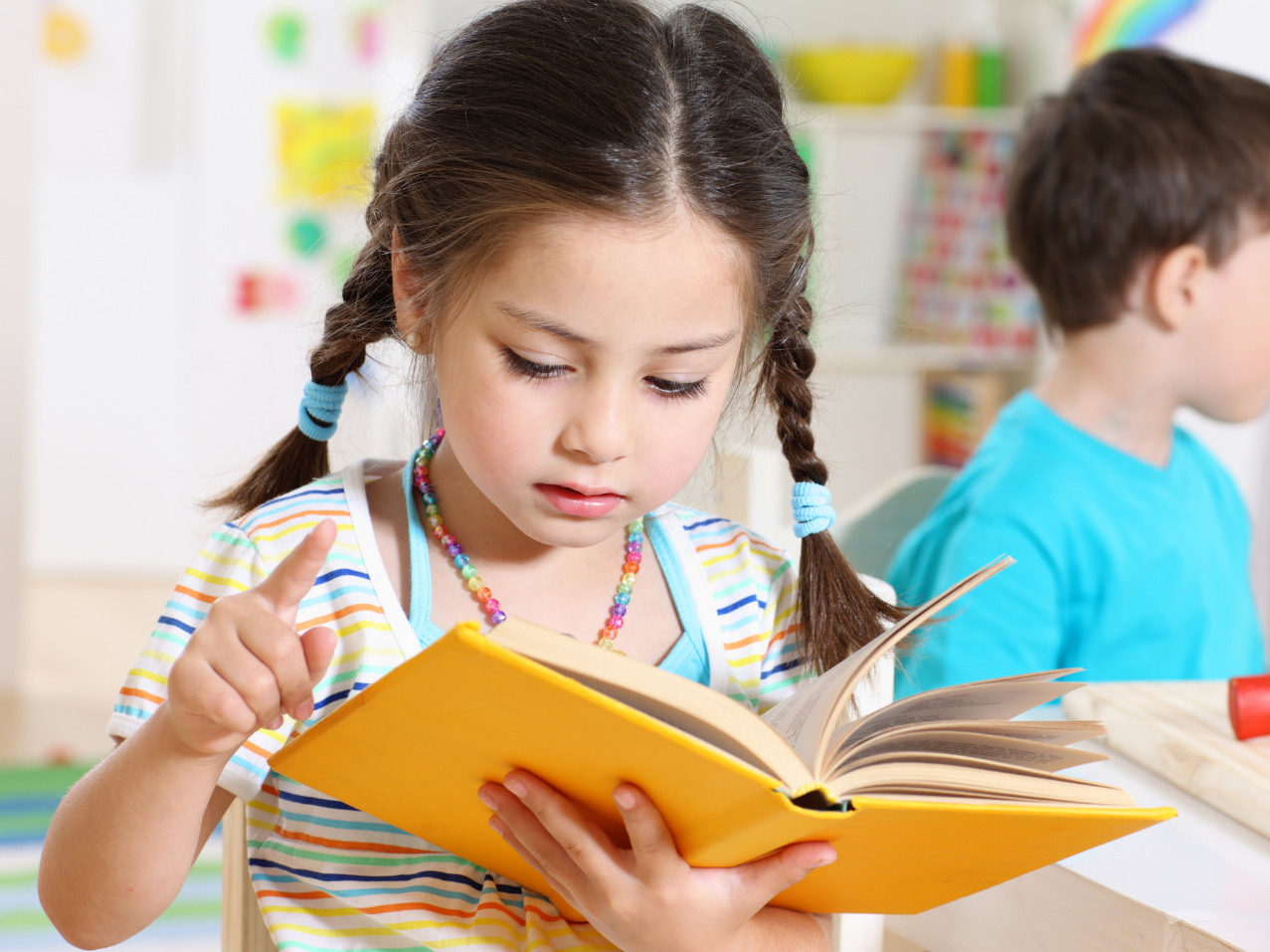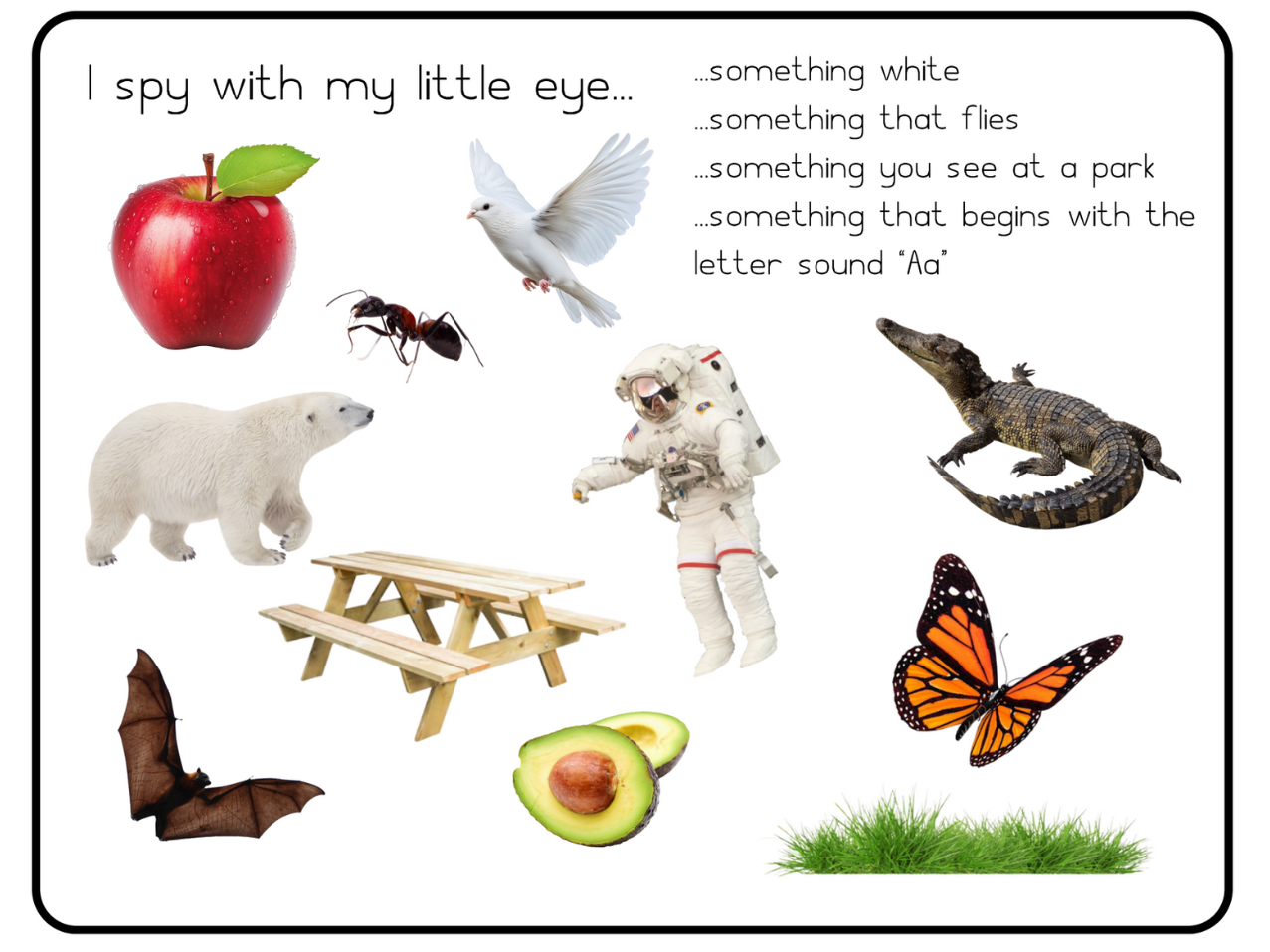Menu
-
-
Shop Holiday Items
-
Shop Gifts By Age
- Gifts For a 0-6 Month Old
- Gifts For A 6-12 Month Old
- Gifts For A One Year Old
- Gifts For A Two Year Old
- Gifts For A Three Year Old
- Gifts For A Four Year Old
- Gifts For A Five Year Old
- Gifts For A Six Year Old
- Gifts For A Seven Year Old
- Gifts For An Eight Year Old
- Gifts For A Nine Year Old
- Gifts For A Ten Year Old
-
Shop Gifts By Budget
- New Arrivals
-
Toys
- Large Active Toys
- Animal Toys
- Arts & Crafts
- Award-Winning Toys
- Bath Toys
- Birthday Wishlists
- Building Toys
- Cars, Trains, & Trucks
- Games
- Instruments
- Loose Parts Play
- Loot Bag Toys
- Made in Canada
- Outdoor Toys
- Pretend Play
- Puzzles
- Sensory And Fidget Toys
- Sensory Bin Tools & Fillers
- STEM Toys & Activities
- Toronto-Themed Gifts
- Travel Toys
- Wooden Toys
- Waiting Room Toys & Furniture
-
Montessori Materials
- Montessori At-Home Program
-
Montessori Furniture
-
Bundles & Sales
-
Books
-
Shop By Age
-
Shop By Brand
- Brands A-F
- Brands G-L
-
Brands M-R
- MagicPlaybook
- Magna Tiles
- Make Believe Ideas
- Makedo
- Manhattan Toys
- Math for Love
- Milaniwood
- MindWare
- Mojo Toys
- Moluk
- Moulin Roty
- Native Northwest
- nic
- Nienhuis
- Ooly
- Opinel
- Ostheimer
- Papoose
- Peaceable Kingdom
- Plan Toys
- Plus-Plus
- Preschool Collection Watches and Timers
- Ravensburger Puzzles
- Real Life Pages
- Brands S-Z
-
- 866-901-4696
- Gift Registry
- Login


5 Steps To Teach Teeth Brushing
3 min read
Teaching your child how to brush their teeth... is not typically a fun task.
But it is important!
Teaching self-care tasks, like teeth brushing, hand washing, or wiping the face after a meal, is SO beneficial because:
- It helps children become more in tune with their bodies and their needs.
- It gives children a sense of satisfaction and builds confidence.
- It gives children more bodily autonomy, telling them we understand they're in charge of their bodies and what happens to them.
With role modelling, gentle guidance, and some patience, most toddlers and preschoolers can begin to take an active role in caring for their teeth.
Items needed:
- Toothbrush
- Toothpaste
- An accessible sink/stool. An accessible sink allows your child to brush comfortably and confidently - being able to stand safely and move comfortably is important when learning a new skill.
Tip: It helps to brush your teeth alongside your child, especially in the beginning. Young children learn best by watching and copying.
5 Steps To Teach Teeth Brushing
Step 1: Prepare the environment - Put the toothbrushes on a flat surface near the sink. Demonstrate how to open the toothpaste and squeeze a very small amount onto the toothbrush. Invite your child to independently squeeze the toothpaste onto their toothbrush. When you are finished with the toothpaste, invite your child to close it and return it to its place.
Note: If you prefer to do this step, that’s fine. Young children may put too much toothpaste on their toothbrush, resulting in waste and a potential mess, so it’s okay to start the lesson with the toothpaste already on the brushes. Or find other ways to involve the child in this step, like inviting them to open and close the toothpaste while you do the squeezing.
Step 2: Wet the toothbrush - Turn on the water and wet your toothbrush. Invite your child to wet their toothbrush and turn off the faucet.
Step 3: Brush together - Face your child and brush your teeth slowly and with clear motions, i.e. side to side, up and down and wide open to reach the back teeth. If there’s a mirror, you can also stand side by side and face the mirror together while you brush.
Seeing themselves in the mirror helps children better understand and imitate the brushing motions. Invite your child to copy your movements.
Tip: After your child has had a turn brushing, it’s helpful for an adult to follow up with a turn too. You can say something like "Now I’ll help with the tricky spots" or "Now I’m going to make sure every tooth gets super clean!"
It will take time and practice before your child can fully brush independently, so make your turn a regular part of the routine from the start.
Step 4: Spit in the sink - Teach your child how to spit in the sink by giving them something to aim for, like the drain. Children will need time to learn how to spit, and that’s okay. Just keep modelling and practising.
Step 5: Rinse the toothbrush - When finished, rinse your toothbrush and demonstrate how to shake off the extra water. Invite your child to do the same and place the toothbrush back in its holder.
What To Do If Your Child is Resistant to Toothbrushing
It’s normal for young children to resist brushing their teeth at times. Rather than turning it into a power struggle, offer gentle support while encouraging independence and cooperation:
- Create a routine. Children thrive on consistency. Brushing teeth at the same time each day, like after breakfast and before bed, helps the child know what to expect and reduces resistance over time.
-
Play music. Music can be used to create structure, i.e. brush your teeth for as long as the song is playing, and can also add a fun element to teeth brushing.
Play a song about teeth brushing (Raffi’s Brush Your Teeth is a classic!) or invite your child to choose a song they want to listen to.
- Use a visual timer. Visual timers help to make the experience more concrete, providing the child with a visual cue for when it’s time to stop brushing, eliminating the need for verbal reminders.
If your child goes through a phase where they don’t want to brush their teeth, it’s easy to think "they’ll never brush their teeth again!" Trust that with your support and guidance (and maybe some creative strategies), they’ll get back on track. And you can always ask the dentist for a little extra help with explaining why dental hygiene is important.
Join Our Montessori Community
Sign up to get weekly activities, free printables, Montessori parenting guidance, and so much more.
Plus, get $10 off your first order of $100+.
Like this article? Get new articles, weekly activities, free printables, Montessori parenting guidance, and so much more.
One mom recently shared:
"Your newsletter is always SO great. It is one of the few I open and read weekly. You provide so much value. Thank you!"


